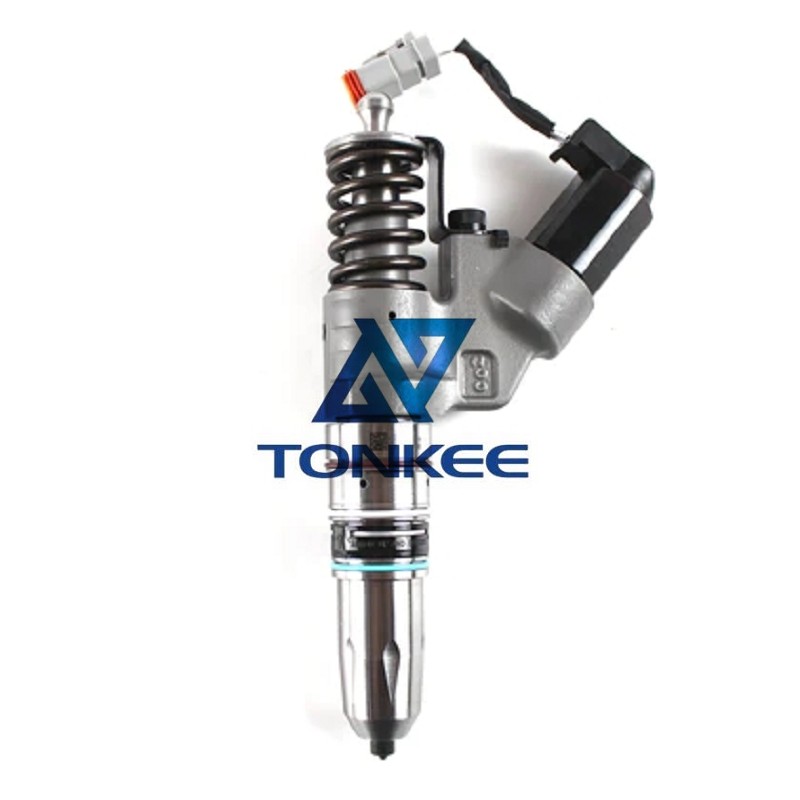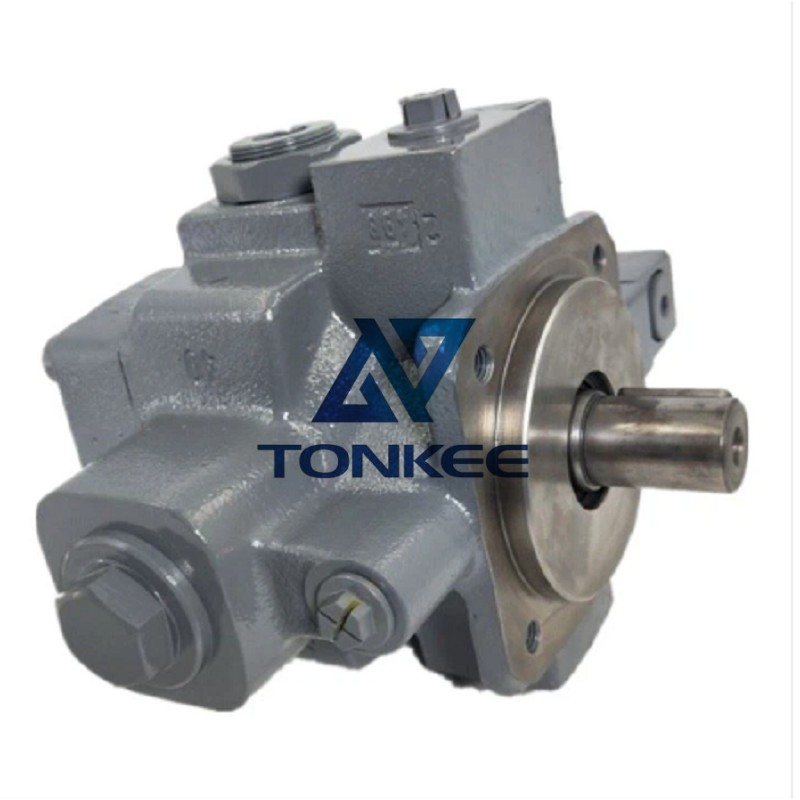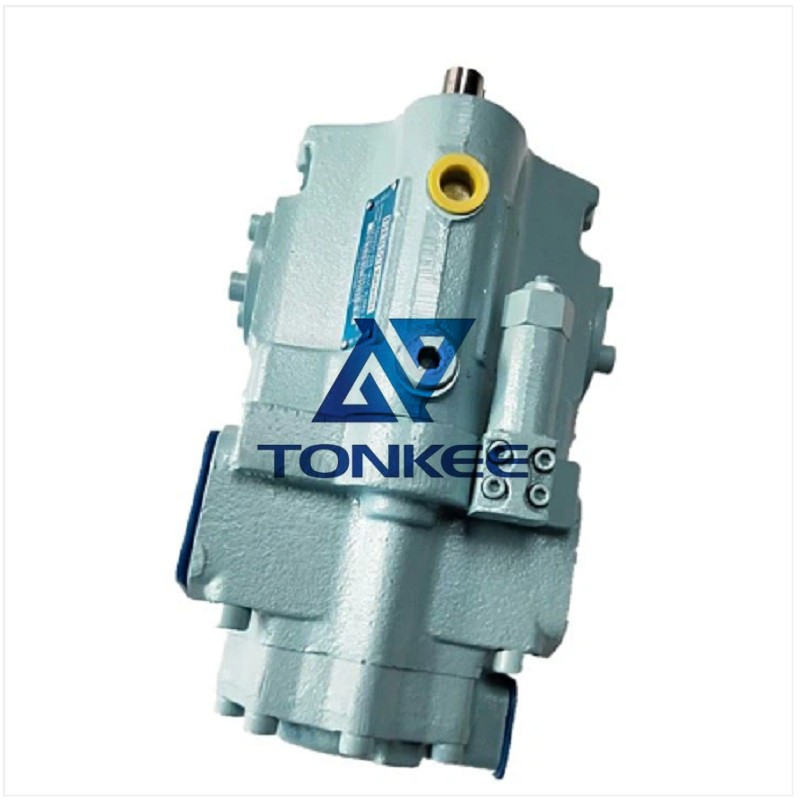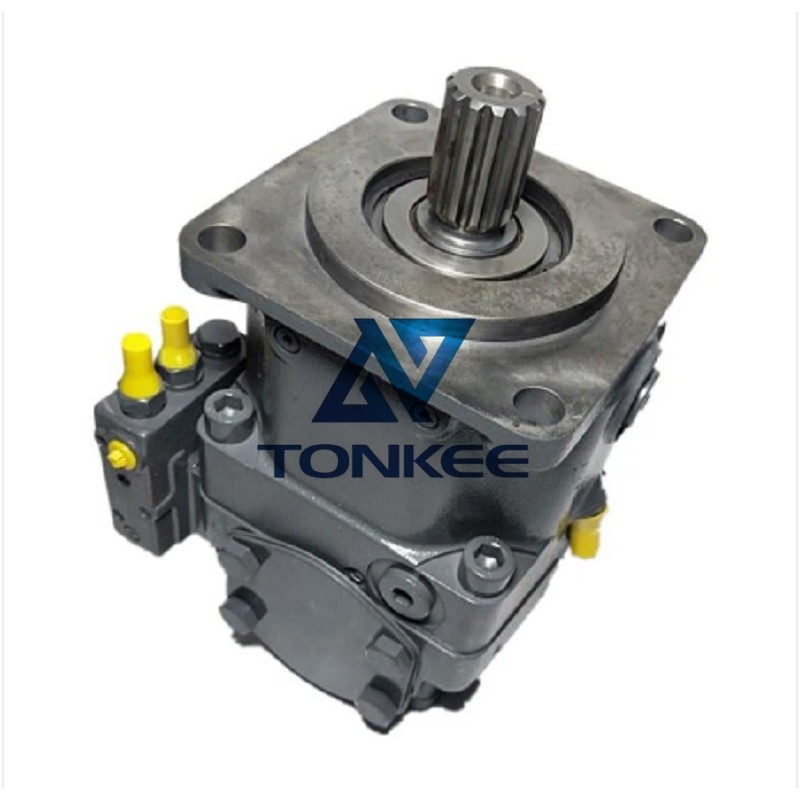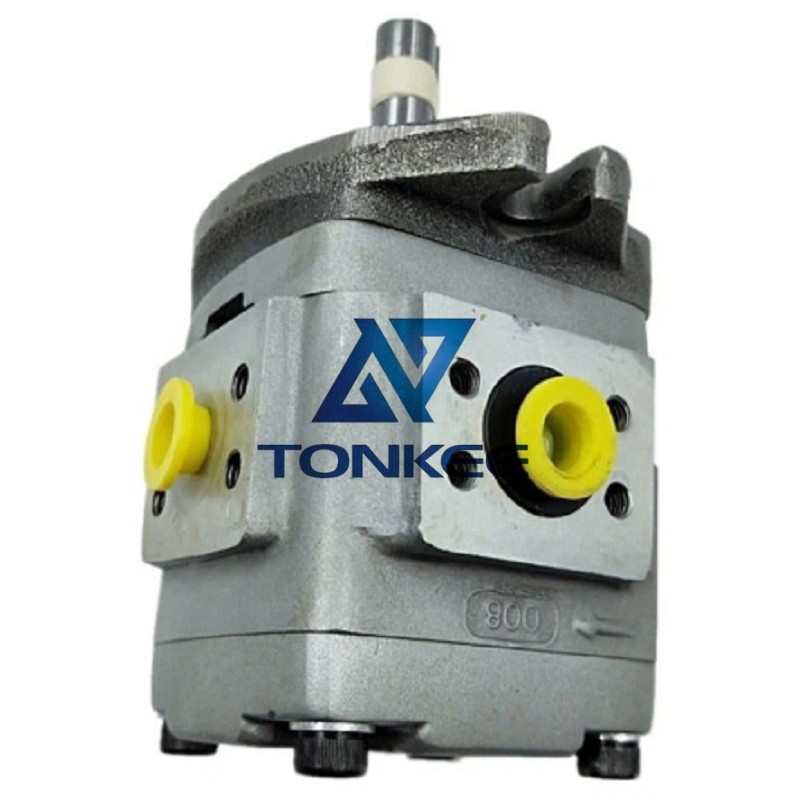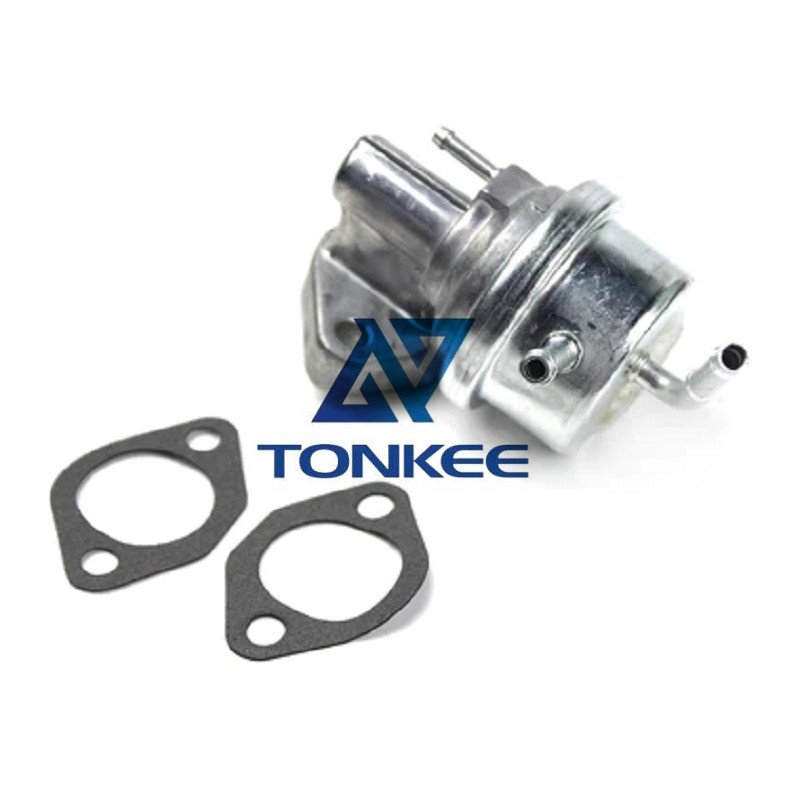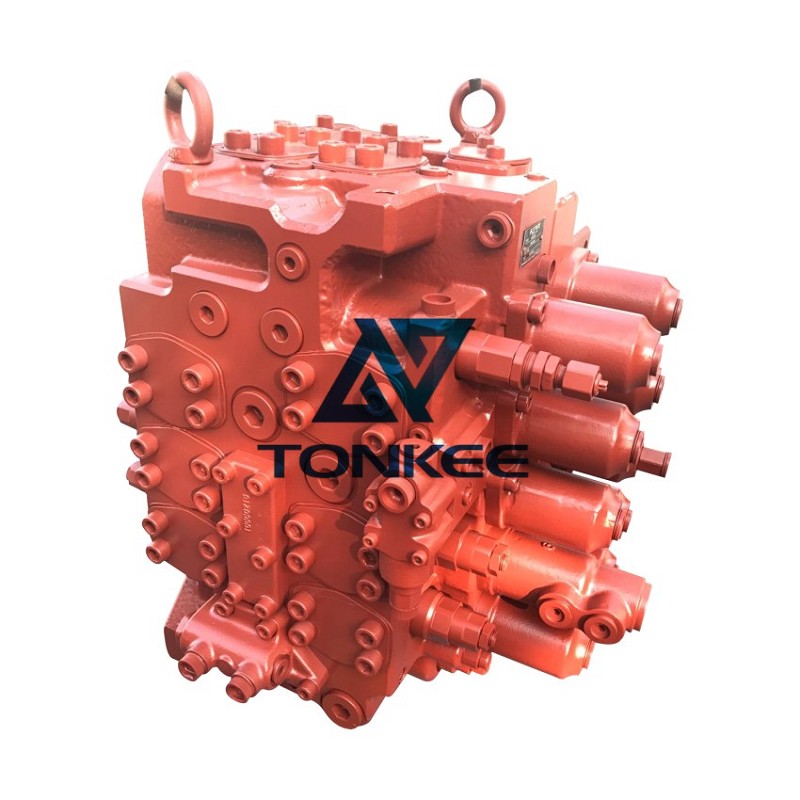
Valve Type: There are various types of distribution valves available, such as ball valves, gate valves, globe valves, butterfly valves, and plug valves.
Each type offers different characteristics and advantages depending on the specific application.
Valve Size and Connection: Distribution valves come in different sizes, typically specified in terms of their nominal pipe size (NPS) or diameter. The connection type, such as threaded, flanged, or welded, also needs to be considered to ensure compatibility with the existing piping system.
Pressure Rating: Valves are designed to operate within specific pressure ranges. The pressure rating indicates the maximum pressure that the valve can withstand without failure or leakage. It is important to select a valve with a pressure rating suitable for the system's requirements.
Temperature Range: The temperature range specifies the minimum and maximum temperatures at which the valve can operate effectively without any adverse effects on its performance or integrity. This is crucial for ensuring the valve's durability and preventing damage to the surrounding components.
Flow Characteristics: Valves have different flow characteristics, such as linear, equal percentage, or quick opening.
These characteristics describe how the valve's position affects the flow rate through it. Selecting the appropriate flow characteristic is essential for achieving the desired control and performance.
Materials of Construction: Valve bodies and internal components are typically made of various materials, including metals like stainless steel, brass, or cast iron, and non-metallic materials like PVC or PTFE. The material selection depends on factors such as fluid compatibility, corrosion resistance, and the operating environment.
Actuation: Some distribution valves are manually operated, requiring human intervention to control the flow. However, others may be automated and equipped with actuators, such as electric, pneumatic, or hydraulic, for remote control and precise modulation.



 English
English Русский язык
Русский язык

